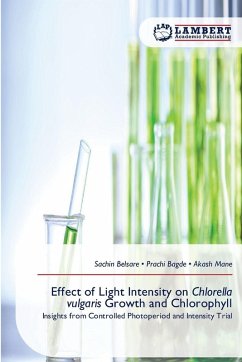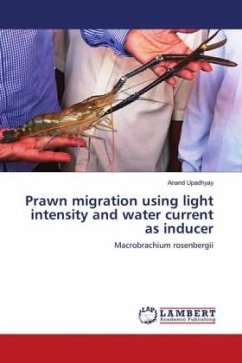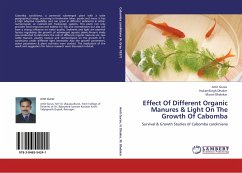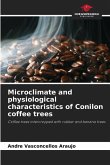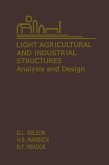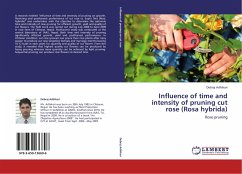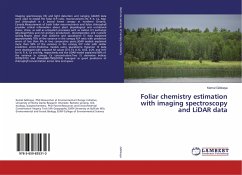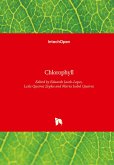The purpose of this study is to determine how much light has an impact on the growth of Chlorella vulgaris. The results demonstrate that Chlorella Vulgaris may develop in a variety of environments (light/dark). The growth conditions for Chlorella vulgaris in this experiment comprised constant illumination and aeration. The preparation of four samples, designated T1, T2, T3, and T4, for chlorella vulgaris cultivation. Then, in two-day intervals over the course of a week, work was done on cell counting and chlorophyll estimation using hemacytometers and spectrophotometers, respectively. The cell count of chlorella is at its highest in treatments 2 and 3, while it is relatively lower in the other samples, according to the results of the analysis of each sample. However, the difference between treatments 2 and 3 is not statistically significant, and it has been shown with the aim of minimizing energy consumption that treatment 2 (which involves 10 hours of light and 14 hours of darkness) is the best option for mass culture of Chlorella Vulgaris.
Bitte wählen Sie Ihr Anliegen aus.
Rechnungen
Retourenschein anfordern
Bestellstatus
Storno

